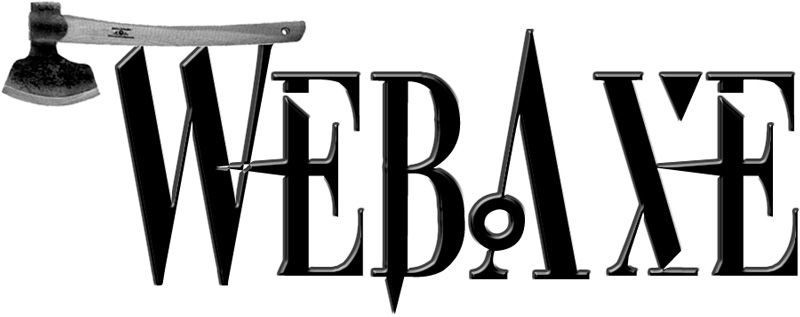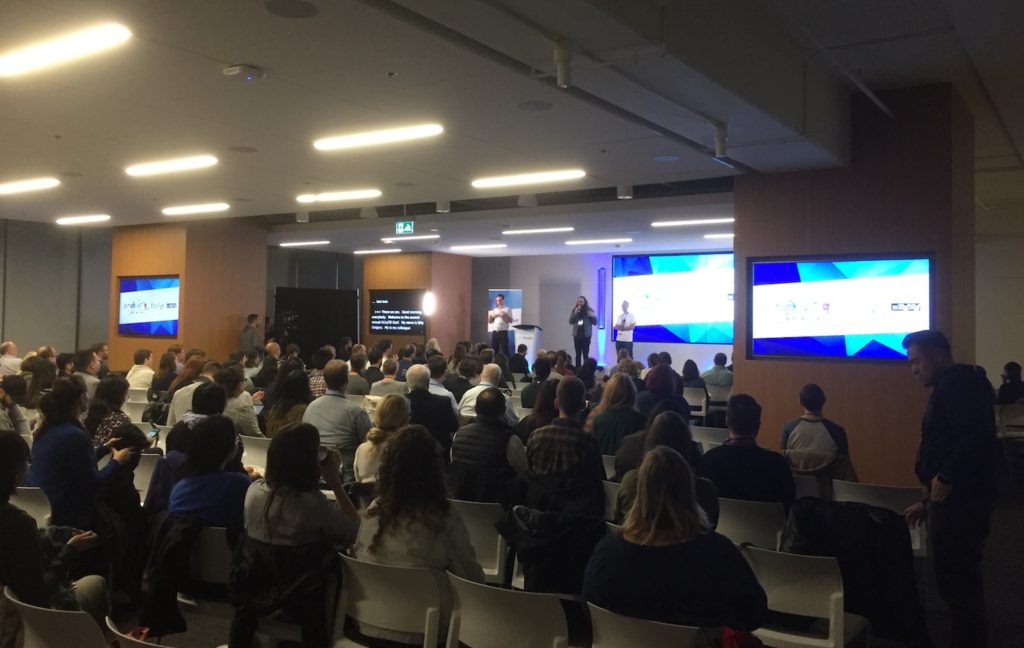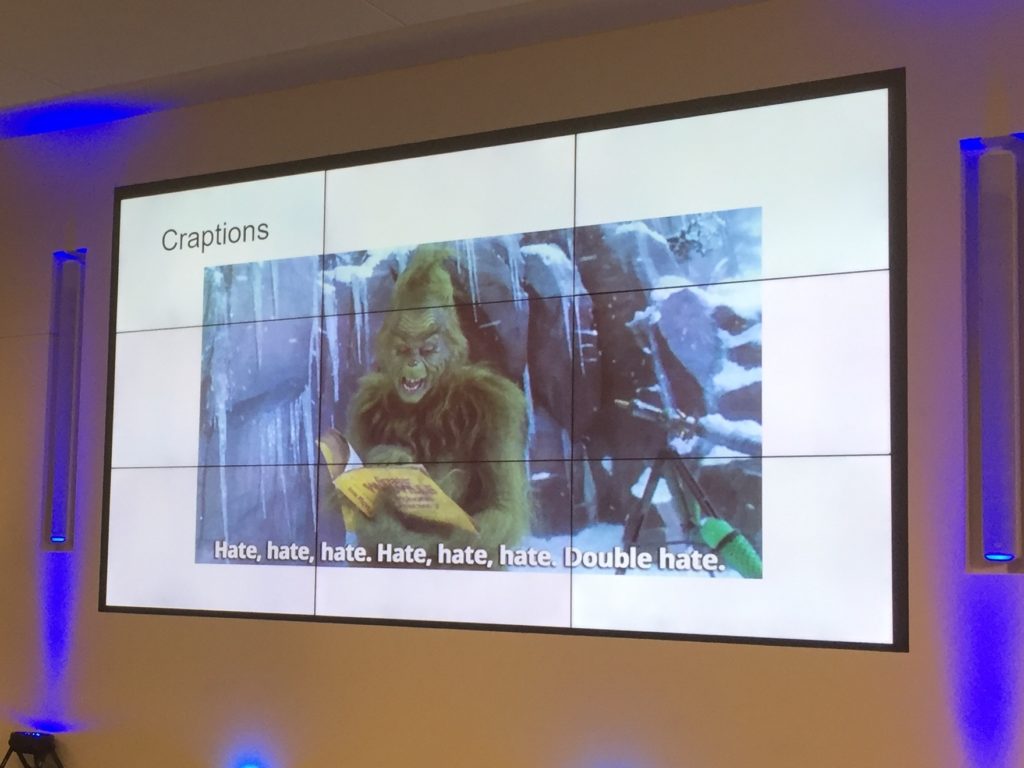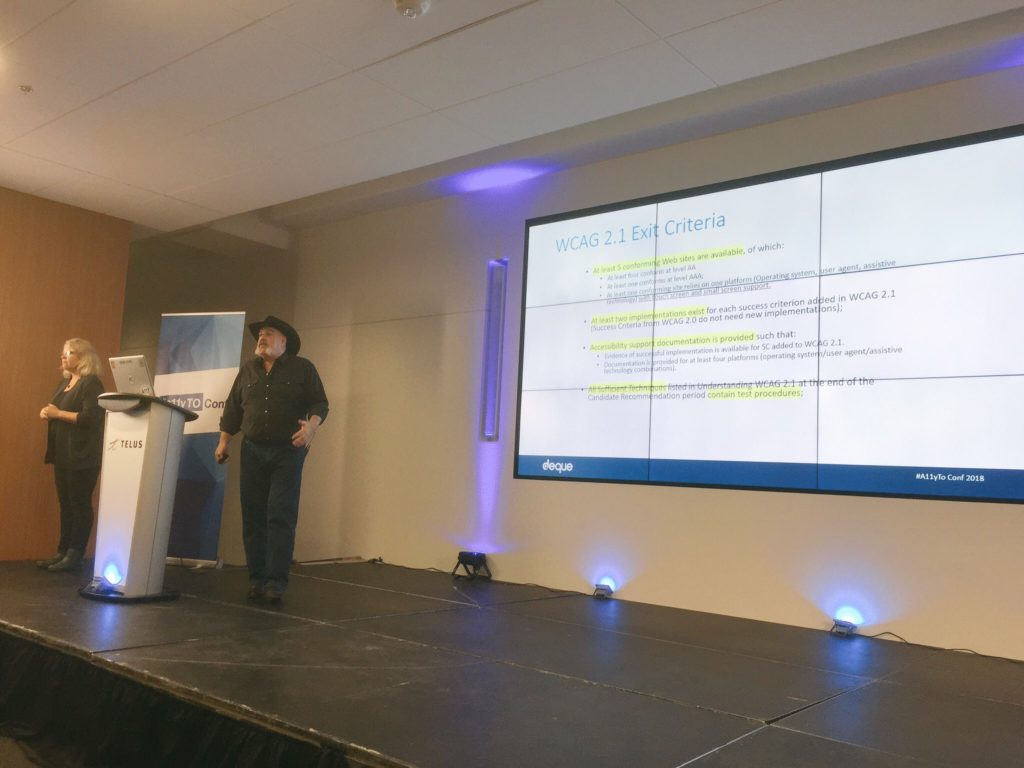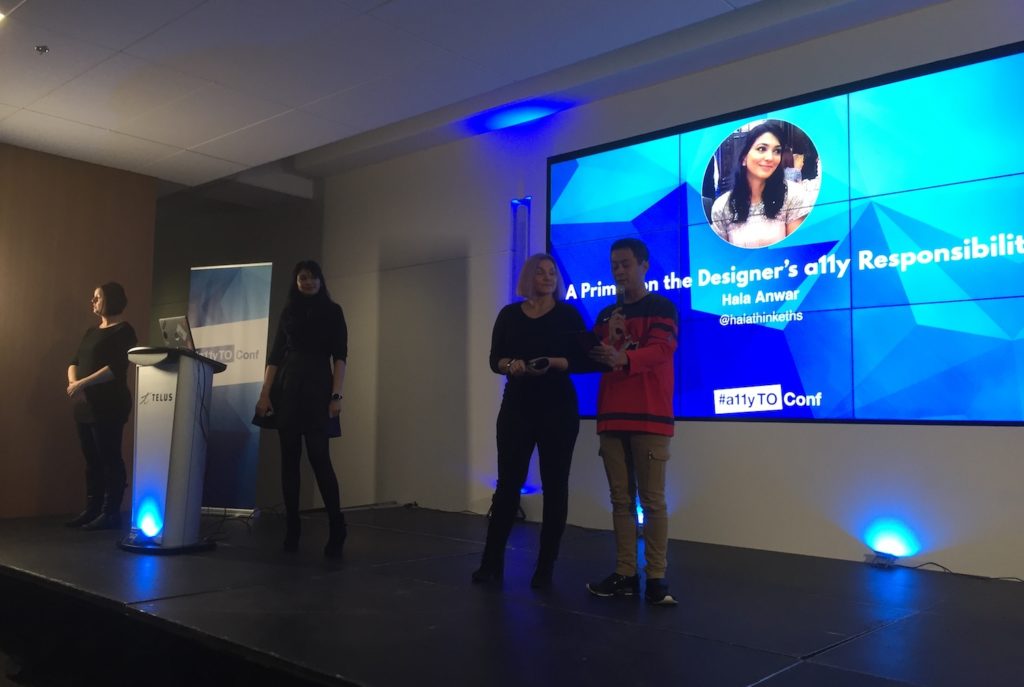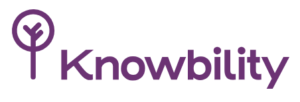Happy new year! Below is a list of many great conferences and events targeting digital accessibility which are coming up in 2019! I’m sure some are missing; please leave others in comments.
- Portland Accessibility and User Experience Meetup, Portland OR, Jan. 14.
- ATIA Conference, Orlando FL, Jan. 29-Feb. 2 (Assistive Technology Industry Association).
- Accessibility Camp Bay Area, March 9, San Francisco CA, hosted by LinkedIn.
- CSUN Assistive Technology Conference, Anaheim CA, March 11-15.
- Digital Accessibility Legal Summit, Anaheim CA, March 12.
- axe-Hackathon, Anaheim CA, March 16.
- Funka Accessibility Days, Stockholm Sweden, April 9-10.
- Web4All 2019 conference, San Francisco CA, May 13-14, the theme is personalization.
- John Slatin AccessU Accessibility Conference, Austin TX, May 14-17, by Knowbility.
- Global Accessibility Awareness Day (GAAD), worldwide, May 16.
- Accessibility Toronto Camp, Toronto Canada, May 18.
- Accessibility Camp Seattle, Seattle WA, May 18.
- Accessibility Conference at the University of Guelph, Guelph Ontario Canada, May 27-29.
- Web Accessibility Summit, Missouri State University, Springfield MO, May 29.
- TechAccessOK, Oklahoma City OK, June 6-7.
- M-Enabling Summit, Washington DC, June 17-19.
- ICT Accessibility Testing Symposium, Washington DC, Oct. 1-2.
- ACCESS by 3Play Media, Boston MA, Oct. 3 [around video accessibility].
- Paris Web, Paris France, Oct. 10-12.
- Accessibility Toronto Conference, Toronto Canada, Oct. 24-25.
- Accessibility Scotland, Edinburgh Scotland, Oct. 25.
- A11yCamp, Sydney Australia, 12-15 Nov.
- Accessing Higher Ground, Westminster CO (Denver area), Nov. 18-22.
- TechSharePro by AbilityNet, London UK, Nov. 21-21.
- Also look for dates in 2020 for OZeWAI (Australia) and ICCHP (Austria).
Webinars and more!
- IAAP live webinars (archived also available).
- 3PlayMedia webinars
- A11yTalks (YouTube) @A11YTalks
- A11y Rules podcast
- AccessMeetups Twitter list, curated by your truly.
- Also note that if you’re speaking, it’s just as good (if not better) to speak at an event; here’s a list of UX and design conferences in 2019.
![]()
